
Guest Post by Marcela Boggio
If Peru is on your bucket list, here is some information that might help you with your travel plans.
To start, I should say that Peru is divided into 3 regions. The coast, the mountains and the rainforest. All three regions have different weather and completely different geography.
I will introduce you to some of my favourite places in each region.
The Coast
One thing that the entire Peruvian coast has in common is amazing seafood. Fresh and delicious. No wonder Peru is considered the gastronomical Capital of the Americas.
Starting from the North, we can find the best weather all year round in Tumbes, Piura and Trujillo. The beaches there are beautiful.
Tumbes
The beaches of Tumbes and its warm sea are ideal for surfing and scuba diving. It has pure white sand, sun and warm weather all year long. The seaside here is ideal for water sports.
The beach of Punta Sal is one of the finest of the Peruvian coast. North of the city of Tumbes lies Puerto Pizarro, the gateway to the national Mangroves Sanctuary.
The Mangroves have formed vast clumps of saltwater tolerant coastal forests, which have created a unique ecosystem linking the river and the sea.
The mangroves are the breeding grounds for black scallops, which are served up in Tumbes’ most famous dish, the ceviche.
Piura
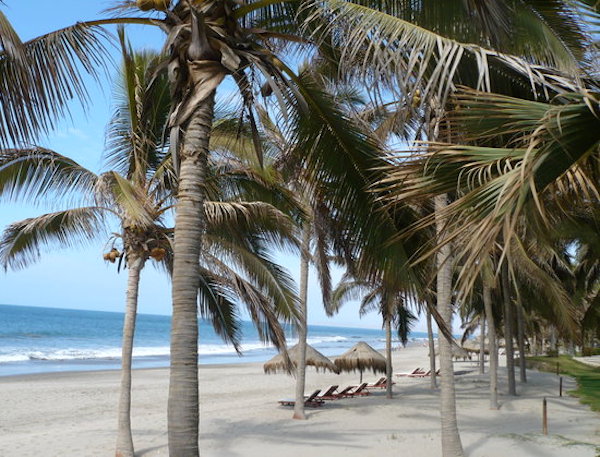
Piura is a very warm city; so try not to stay too long away from the beach.
My favourite beach there is Mancora, which is located in the Talara district and is great for surfing and kitesurfing.
The temperatures never fall under 25 degrees Celsius, so it is ideal to visit at any time of the year.
Trujillo
Trujillo is a beautiful colonial city. The main plaza is surrounded by colonial balconies and beautiful old trees. Trujillo is called “the city of the never ending Spring” because of its mild year round temperatures.
In Trujillo you can find the Chan Chan ruins, part of the Inca Empire. If you like something totally different you can go to Huanchaco, a beach city located 5 minutes away from the airport.
Other than the great food and busy nightlife during the summer, you can try surfing on a traditional canoe called “caballitos de totora” which is made with a very thick kind of straw like material. It is also a great place for traditional surfing.
About 70 km north of the city of Trujillo is Chicama where you will find the surfing beach with the largest left in the world.
Lima

Lima the capital of Peru is located in the coastal central part of Peru and it is the largest city of the country.
With a coast that you can enjoy from many districts, Lima is a very busy city and there is a lot to do.
From visiting museums like the Gold Museum, to ruins like the Huaca Pucllana situated right in the Miraflores district, to bar hopping in bohemian Barranco, to shopping in Larcomar, a mall situated in a cliff overlooking the Pacific Ocean and much, much more.
Surfing is a big deal in Lima, so it is easy to find surfboard rentals along the coast. Especially in Miraflores. Over the past 3 years what became very popular is paddleboard surfing, and you can also find rentals all over the place.
The Mountains
There is no doubt that my first choice in the mountains will be to visit Cuzco and the majestic ruins of Machu Picchu. A piece of advice if you are planning to visit the mountains…make sure you check on the weather first, because it can get really, really cold and wet.
Cuzco
In the city of Cuzco and surrounding areas you can visit, the Sacsayhuaman ruins, the Qoricancha Temple, the Main Plaza or plaza de Armas, Maras, the Pissac ruins, The Sacred Valley, Ollantaytambo, Urubamba, the rainbow mountains, Machu Picchu, and the list goes on.
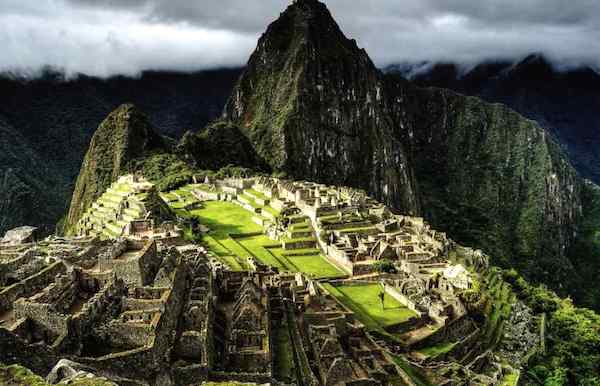
Cuzco is so rich in culture that you can spend one week there or more and keep finding new and amazing places to visit.
Arequipa
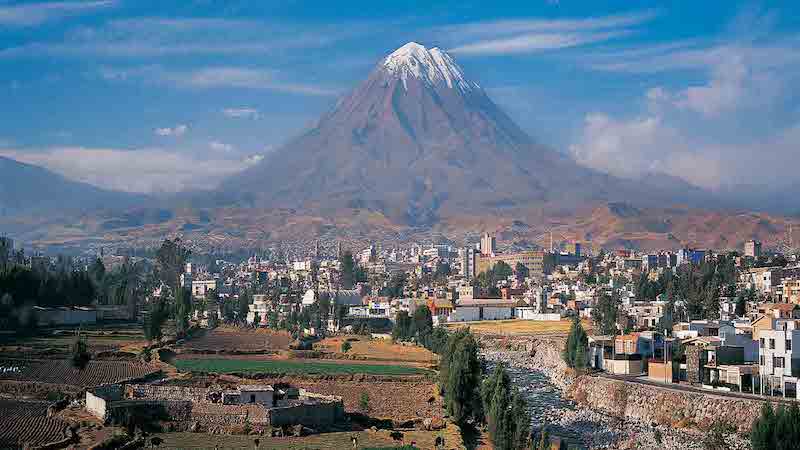
The city of Arequipa will be my next suggestion to visit in the Peruvian mountains. Arequipa was the colonial-era capital of Peru. The architecture is beautiful.
The main Plaza is surrounded by beautiful buildings and the view of Volcan Misti, one of three volcanoes around the city.
A couple of things you should not miss exploring are the Sabandia Mill and the Santa Catalina Monastery, both gorgeous architectural pieces of art.
Puno
Puno is home to half of the beautiful lake Titicaca that Peru shares with Bolivia. Puno is the fifth highest liveable city in the world and the Titicaca Lake is the highest navigable lake on the planet.
This city is also considered the folkloric capital of Peru due to their vibrant music and colourful outfits.
Cajamarca
This is a very green, peaceful, natural and beautiful place. There are small cabins you can rent in the middle of nowhere or if you prefer in the middle of everything.
This is a place to connect with your nature loving side. With numerous Spanish religious architectural buildings, intense blue skies and bright green fields, the views in Cajamarca are just astonishing.
The Rainforest
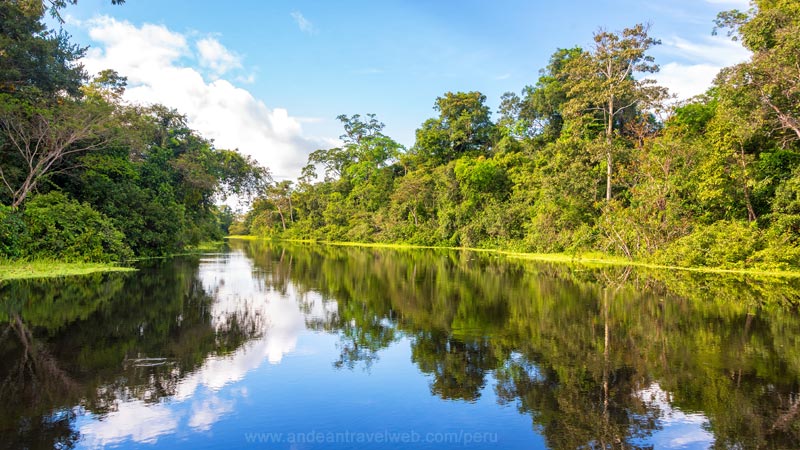
If you like adventure, this is the place for you. With outstanding flora and fauna, the Peruvian jungle is a great place to visit all year round.
The weather is always tropical, so it can be really hot and suddenly refreshing showers will cool you down, and leave you ready for the next heat wave.
Iquitos
This port city could be your base for visiting the Peruvian jungle. The river and rainforest are the main attractions, off course. You can rent a lodge in the jungle once being in Iquitos.
Closer to the city, I recommend visiting the market and “floating village” of Belen. You can also visit one of the many sanctuaries or go for a guided hike through the jungle and for sure a boat trip on the river.
Madre de Dios
Madre de Dios is a region that borders Brazil and Bolivia. In the west, vast Manu National Park encompasses Andean highland, cloud for standard lowland jungle.
In the Southeast, the savannahs and old-growth rainforest of Tambopata Reserve shows an amazing biodiversity. Just north, is regional Capital Puerto Maldonado, at the convergence of the Madre de Dios and Tambopata Rivers.
Pucallpa
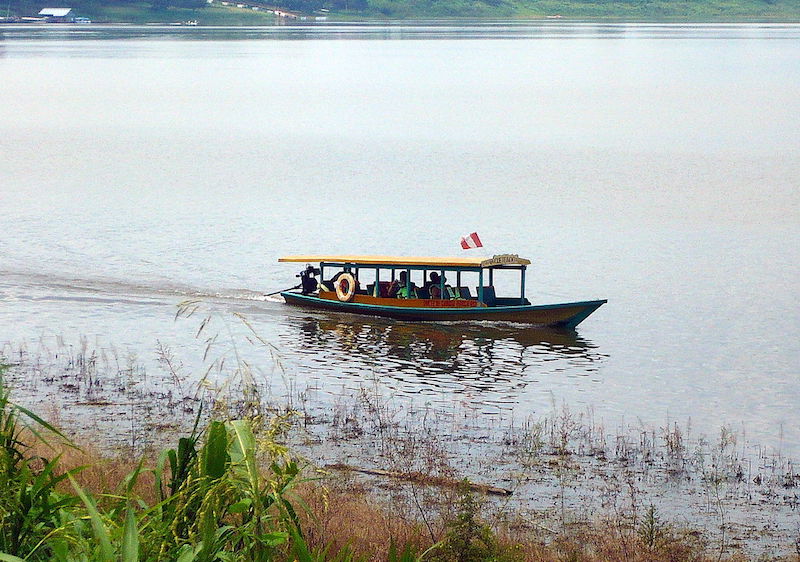
Minutes from the city, you can find Lake Yarinacocha. A beautiful place to eat, visit and relax. You can take a “peque-peque “ which is one of the local boats and go for a tour on the lake.
There are river dolphins and a lot of different animals around. They let us swim in the lake, so I assume there are no dangerous animals.
Tarapoto
A city in the northern region of northern Peru, characterized by Amazonian cloud forest and abundant palm trees.
It is known for the many jungle waterfalls in its surrounding areas, including Ahuashiyacu, Huacamaíllo and Shapaja. Southeast of the city, the clear waters of Lindo Lake and the larger Sauce Lagoon (also called Blue Lagoon) are ringed by dense green forests teeming with birdlife.
Hoping this article helps you in your trip to Peru, I’ll see you next time!
 Stand Up Paddle Boarding In North Shore Kauai
Stand Up Paddle Boarding In North Shore Kauai Video: Epic Ride With C4 Waterman ISUP’s
Video: Epic Ride With C4 Waterman ISUP’s Benefits of an Inflatable SUP
Benefits of an Inflatable SUP How to Plan the Perfect Date in Honopu Beach, Kauai, Hawaii
How to Plan the Perfect Date in Honopu Beach, Kauai, Hawaii





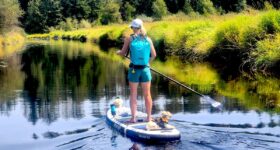


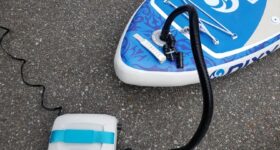
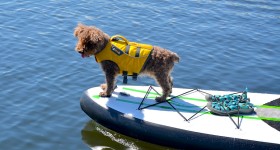

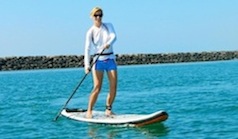
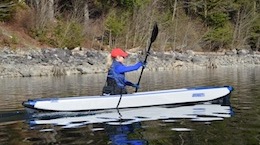
Thanks for this guide,such a wonderful place to visit with!